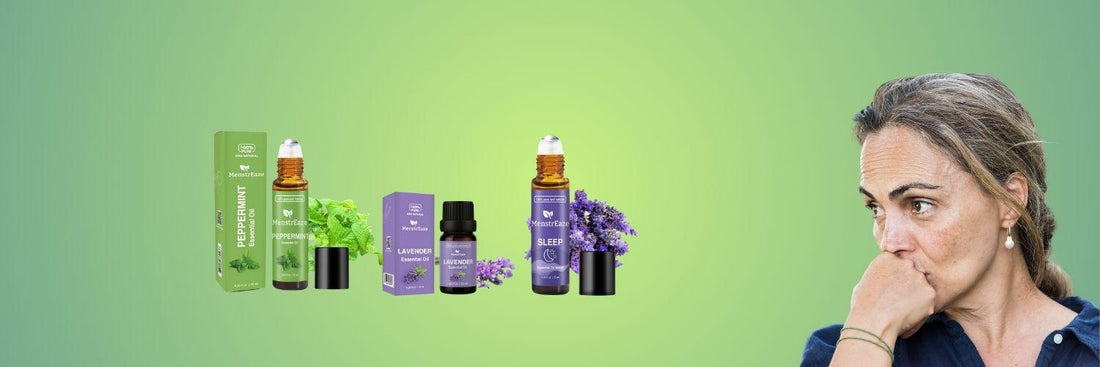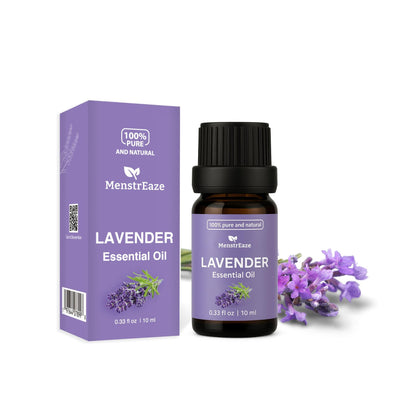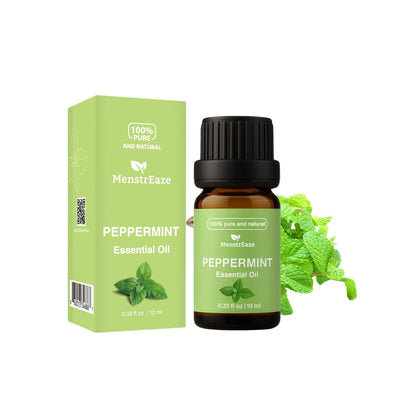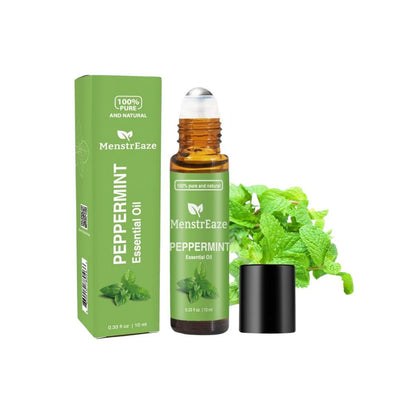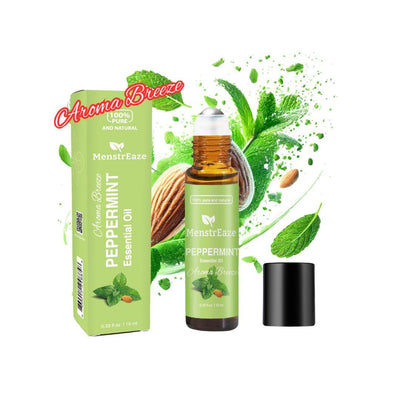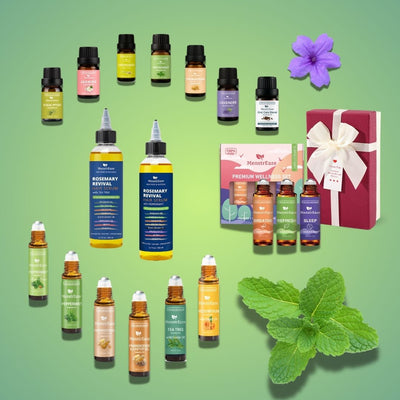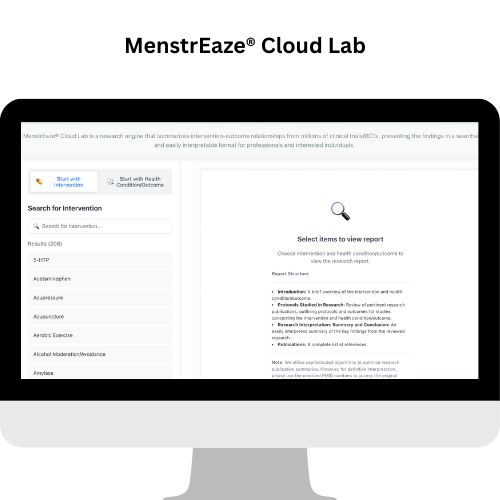Menopause is a significant life transition for women, marked by a natural decline in reproductive hormones, primarily estrogen and progesterone [5]. This transition can bring a wide array of symptoms, including hot flashes, night sweats, mood swings, sleep disturbances, anxiety, and changes in sexual health. While conventional treatments exist, many women seek complementary and alternative medicine (CAM) approaches to manage these symptoms. Among these, essential oils for menopause have garnered significant interest for their potential therapeutic properties [2].
This researched guide explores the role of essential oils in supporting well-being during menopause, drawing on verified scientific studies to provide trustworthy and evidence-based insights. We will delve into specific essential oils, their potential benefits for common menopausal symptoms, and crucial safety considerations for their effective use.
Understanding Menopause and Its Diverse Symptoms
The menopausal transition, often beginning in a woman's late 40s or early 50s, is characterized by hormonal fluctuations that lead to a variety of physical and psychological changes. These can range from vasomotor symptoms like hot flashes and night sweats to psychological symptoms such as anxiety, depression, irritability, and difficulty concentrating. Other common issues include sleep disturbances, vaginal dryness, reduced libido, and musculoskeletal pain [5]. The severity and combination of these symptoms vary greatly among individuals, impacting overall quality of life.
How Essential Oils May Offer Support During Menopause
Essential oils are concentrated plant extracts known for their aromatic and therapeutic qualities. Their application in complementary and alternative medicine often involves aromatherapy, which can be delivered through inhalation or topical application, typically diluted with a carrier oil for massage [2]. Some essential oils are also studied for oral consumption, though this requires specific formulations and professional guidance [4].
The potential benefits of essential oils for menopausal symptoms stem from their interaction with the body's physiological and psychological systems. They have been shown to alleviate various psychological and physiological symptoms, including anxiety, depression, fatigue, and sleep disorders [2], all of which can be prevalent during menopause.
Evidence-Based Essential Oils for Common Menopausal Symptoms
Supporting Mood and Emotional Balance
Emotional fluctuations, including anxiety and depression, are frequently reported during menopause. Aromatherapy has shown promise in addressing these challenges:
- Lavender (Lavandula angustifolia Mill.): Widely recognized for its calming properties, lavender has been designated as "Generally Recognized as Safe" by the US Food and Drug Administration (FDA) [2]. Studies indicate that aromatherapy, including lavender, can reduce depressive symptoms, particularly in menopausal women [7]. Inhaling or massaging with lavender oil can help balance cortisol hormone levels and reduce stress and anxiety [5].

- Fir Essential Oil: Short-term inhalation of fir essential oil has been shown to induce physiological and psychological relaxation in middle-aged women. It significantly increased parasympathetic nerve activity (associated with a relaxed state) and improved feelings of comfort, relaxation, and naturalness, while decreasing negative moods [9].
- Bergamot Essential Oil: When used in aromatherapy massage, Bergamot essential oil has been found to be more effective in improving psychological menopausal symptoms compared to control and placebo groups [3].
- Neroli, Fennel, Rose, and Geranium: These essential oils, when used for inhalation or massage, have also been noted for their potential to balance cortisol and reduce stress and anxiety during menopause [5].
Improving Sleep Quality
Insomnia and disrupted sleep patterns are common complaints during the menopausal transition. Essential oils can be a valuable aid:
- Lavender (Lavandula angustifolia Mill.): In a pilot randomized clinical trial, inhaling lavender essential oil before bedtime for 29 days significantly improved the overall quality of life in postmenopausal women diagnosed with insomnia [8]. While it helped with overall well-being and sleep patterns, it did not significantly impact hot flashes or daytime sleepiness [8].

Addressing Pain and Discomfort
Musculoskeletal pain, including conditions like knee osteoarthritis, can become more prevalent during menopause. Essential oils may offer localized relief:
- Bergamot Essential Oil: A randomized controlled study investigated the effects of aromatherapy massage with Bergamot essential oil (BEO) on menopausal women with knee osteoarthritis. The results showed that BEO aromatherapy massage was more effective in reducing pain and improving functionality compared to placebo and control groups [3].
Enhancing Sexual Dysfunction
Changes in sexual function, including reduced libido and discomfort, can be a challenging aspect of menopause. Some research points to specific essential oils for support:
- Oral Lavender (Lavandula angustifolia Mill.) Essential Oil: A triple-blind, randomized, controlled trial found that daily oral administration of 80 mg of Lavandula angustifolia Mill. essential oil (LEO) for 60 days significantly enhanced sexual dysfunction among postmenopausal women [4]. It's important to note that while LEO showed this specific benefit, it did not significantly impact lipid profile or serum cortisol levels in this study, and other menopausal symptoms improved similarly in both LEO and placebo groups [4].
General Menopausal Symptom Reduction and Other Potential Benefits
Beyond targeting specific symptoms, certain essential oils have been studied for their broader impact on menopausal well-being:
- Peppermint and Lemon Essential Oils: Aromatherapy massage with peppermint and lemon essential oils effectively reduced general menopausal symptoms in a double-blinded, randomized placebo-controlled clinical trial. Peppermint essential oil was found to be more effective than lemon essential oil in this regard [6].

- Kadsura coccinea Fruit Volatile Oil: While not a typical essential oil used in aromatherapy, the volatile oil extracted from the peel of Kadsura coccinea fruit has shown significant estrogenic activity. This traditional Chinese medicine has been used for menopausal syndrome and may offer a new source of phytoestrogens for managing symptoms [10]. This highlights the ongoing research into plant-derived compounds for menopausal support.
Essential Oils for Hot Flashes: What the Research Says
While many women seek essential oils for hot flashes, direct scientific evidence specifically demonstrating a significant reduction in hot flash frequency or intensity from essential oil use is less robust in the provided sources. For instance, a study on lavender essential oil for insomnia in postmenopausal women explicitly stated no significant difference was observed in the hot flashes record [8]. However, essential oils can indirectly support well-being by addressing associated symptoms like anxiety, stress, and sleep disturbances, which can exacerbate the discomfort of hot flashes.
Safe Practices and Important Considerations for Using Essential Oils
While essential oils for menopause offer promising avenues for complementary care, responsible and safe usage is paramount. The US Food and Drug Administration (FDA) has recognized some essential oils, like lavender, as "Generally Recognized as Safe" (GRAS) [2]. However, this designation typically applies to food uses and does not negate the need for caution in therapeutic applications.
Key safety guidelines include:
- Dilution: Always dilute essential oils with a carrier oil (e.g., sweet almond oil, jojoba oil, coconut oil) before applying them topically to the skin. This prevents skin irritation and sensitivity.
- Patch Test: Before widespread application, perform a patch test on a small area of skin to check for any adverse reactions.
- Quality Matters: Choose high-quality, pure essential oils from reputable suppliers. Look for oils that are therapeutic grade and free from synthetic additives or contaminants.
-
Method of Application:
- Inhalation: Often considered one of the most effective and safest methods, particularly for mood and respiratory support [7]. This can be done via a diffuser, an aromatherapy inhaler, or by adding a few drops to a bowl of hot water and inhaling the steam (with eyes closed).
- Topical Application: Diluted oils can be massaged onto pulse points, the temples, the abdomen, or specific areas of discomfort. Aromatherapy massage, as seen with Bergamot, Peppermint, and Lemon oils, can be highly effective for menopausal symptoms [3][6].
- Oral Ingestion: Oral use of essential oils, such as the oral lavender oil studied for sexual dysfunction [4], should only be undertaken under the direct supervision of a qualified healthcare professional. Not all essential oils are safe for internal use, and proper dosage and formulation are critical.
- Consult a Healthcare Professional: It is crucial to consult with a doctor or a certified aromatherapist before using essential oils, especially if you have underlying health conditions, are taking medications, or are pregnant or breastfeeding. Essential oils should be used as a complementary therapy and not as a replacement for conventional medical treatment.
Integrating Essential Oils into a Holistic Menopause Management Plan
Essential oils are best viewed as one component of a comprehensive, holistic approach to managing menopause. Alongside the targeted use of essential oils for hormone balance support and symptom relief, other lifestyle interventions can significantly improve quality of life:
- Dietary Interventions: Specific foods, including fennel, soy, black cohosh, and red clover, have been studied for their potential to manage vasomotor symptoms and sexual dysfunction [5].
- Exercise and Yoga: Regular physical activity and practices like yoga can help reduce both psychological and physiological menopausal symptoms by impacting neurohormonal pathways [5].
- Acupuncture: This traditional therapy is another non-hormonal, non-pharmacological option that has shown efficacy in managing menopausal symptoms [5].
- Stress Management: Techniques like meditation, mindfulness, and deep breathing can complement the mood-balancing effects of essential oils.
By combining the targeted benefits of essential oils with a healthy lifestyle and, when necessary, conventional medical advice, women can navigate the menopausal transition with greater comfort and improved well-being.
Conclusion
The journey through menopause is unique for every woman, and finding effective strategies for symptom management is key to maintaining quality of life. Essential oils for menopause offer a promising complementary approach, with a growing body of research supporting their use for a range of symptoms, including mood disturbances, sleep issues, pain, and even sexual dysfunction [2][4][3]. While not a cure-all, and with specific limitations like direct impact on hot flashes, their ability to support emotional balance, improve sleep, and alleviate discomfort makes them a valuable consideration.
As with any health intervention, it is vital to approach the use of essential oils with knowledge and caution, adhering to safe practices and consulting with healthcare professionals. By doing so, women can harness the potential of these natural remedies to enhance their well-being during this significant life stage.


